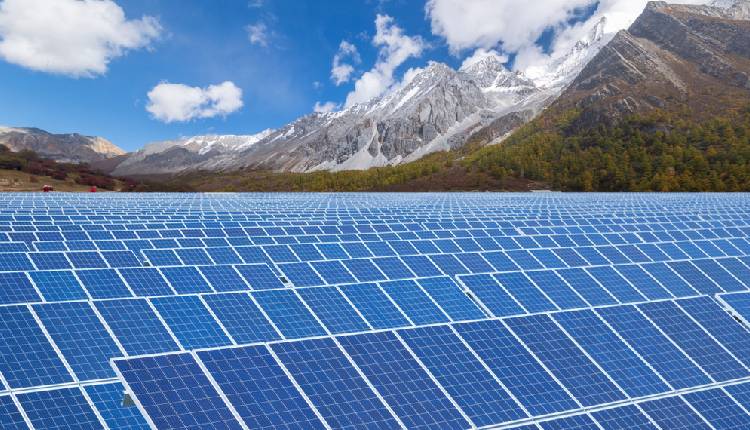China’s rapid solar power expansion is experiencing a slowdown due to grid bottlenecks, market reforms, and a shortage of optimal rooftop space, as reported by Reuters on Wednesday.
After a 55 per cent expansion of its solar fleet last year, the country saw a 32 per cent year-on-year drop in new solar builds in March 2024, marking a 16-month low.
The slowdown is attributed to stricter regulations on feeding excess power from rooftop solar into the grid and changes in electricity pricing that impact the profitability of new solar projects.
Forecasts indicate that China’s solar construction this year will lag behind the growth of its photovoltaic (PV) module manufacturing capacity. This could lead to an increase in solar panel exports, despite trade tensions with Europe and the US.
The primary obstacle to the expansion of distributed solar – installations near the point of use, mainly on rooftops – is the lack of sufficient storage or transmission capacity to absorb the surplus power generated during sunlight hours.
This has prompted regulators to reduce some of the price support that previously spurred the growth of distributed solar.
Analyst Cosimo Ries from policy research group Trivium China warns that grid oversaturation and overwhelmed infrastructure will become a significant issue for all provinces in the coming years.
The problem is particularly severe in provinces like Shandong, where up to 50-70 per cent of distributed solar generation is being curtailed to maintain grid balance.
Despite efforts to limit renewable energy curtailment to 5 per cent, a survey by China’s energy regulator found that five out of six provinces are expected to impose restrictions on new projects in 2024.
Hebei and Henan provinces, two of the “three big drivers” of distributed solar, have already witnessed a drastic decline in installations.
In response, Henan province has instructed companies and local regulators to devise action plans to enhance grid capacity and promote the “healthy development” of distributed solar.



